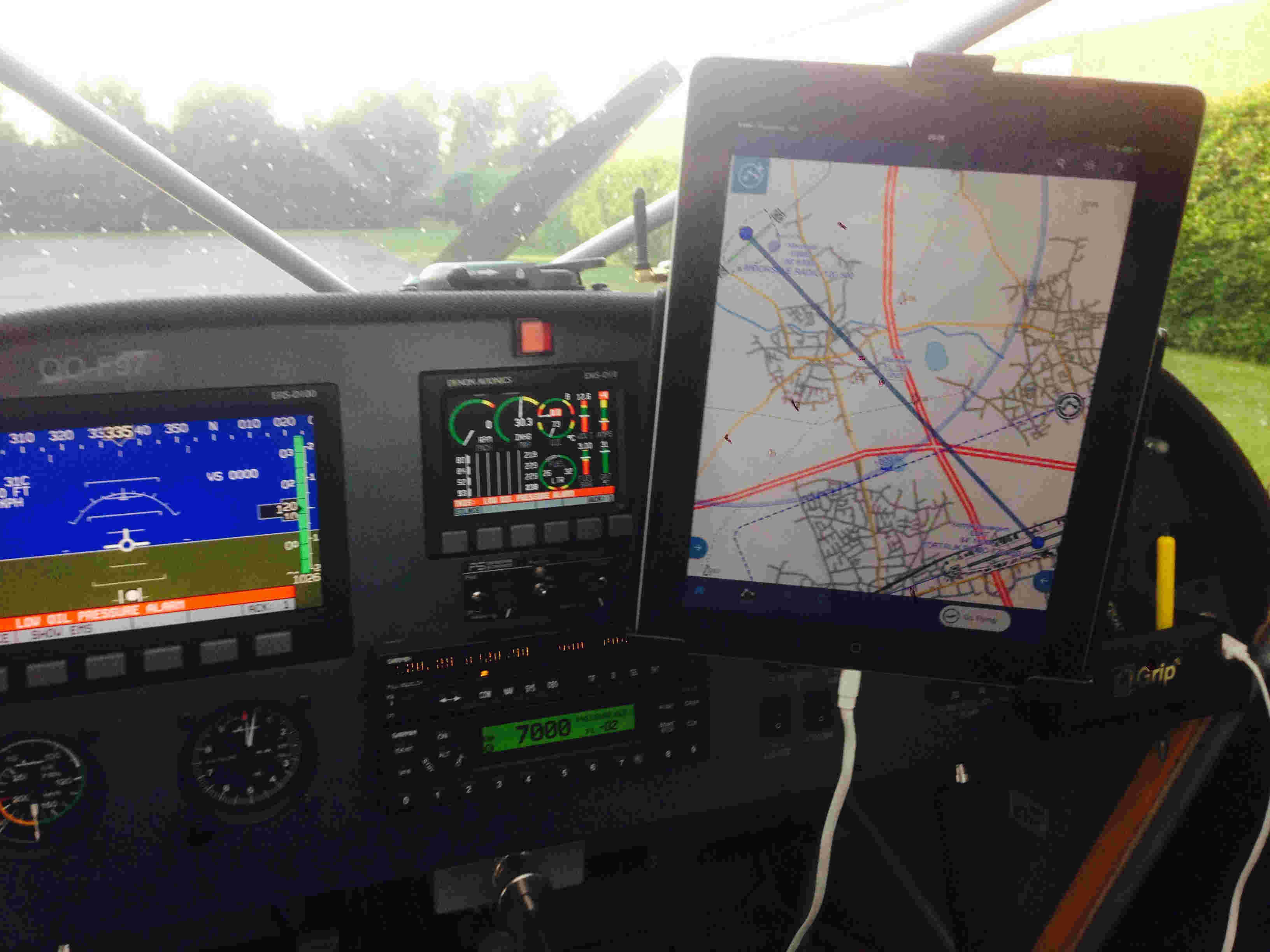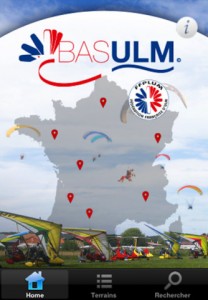Plein Vol* teams up with Pierre Pouchès – an expert with the French ultralight federation
(FFPLUM) and founder of the national ultralight testing and technical training centre (CNFTE)—to explore the risks of using road fuel in aviation and find out more about AVGAS UL 91 solutions.
Ultralights and fuel
There are still too many ultralight enthusiasts who fly using some form of road fuel, which fails to comply with the specific needs of aviation. For instance, distributors are required to include biofuel in gasoline for road vehicles (also known as “motor gasoline”, or “mogas”) to comply with European regulations, and the trend is set to increase: by 2020, 10% of mogas sold in Europe will be expected to come from renewable sources. Ethanol is still the most widely used and readily available solution. However, it has some real
drawbacks and can have an adverse effect on parts of the fuel system on a ultralight. UL 91 is an ethanol-free unleaded fuel based on Avgas 100LL that is compatible with these fuel systems. It meets the needs of pilots and the specific requirements of their aircraft, and has already been approved by engine makers such as Rotax and Lycoming**.
Risk N°1: ethanol can corrode parts of the fuel system
Pierre Pouchès: With the exception of the engine, ultralight parts are often incompatible with ethanol. That includes the fuel tank, hosing, filters and seals. If the aircraft is not used for an extended period, the ethanol can corrode these parts, or leave deposits in the fuel system. Without proper care, this can cause engine failure in mid-flight.
The UL 91 solution: UL 91 is a fuel designed for aviation and is made from the same hydrocarbon molecules as Avgas 100LL. It is completely ethanol-free, which means there is no risk to other parts of the ultralight fuel system.
Risk N° 2: Vapor lock
Pierre Pouchès: Between August and September 2011, the FFPLUM reported a significant increase in vapour lock throughout the south of France. The phenomenon occurs in warm environments, and can be particularly problematic for four-stroke engines, which have a tendency to produce high temperatures when a little too confined. It things get too hot, the fuel can “vaporize” in the delivery system, creating a pocket of gas that can cause the engine to stall.
The UL 91 solution: Road fuel volatility varies from one season to the next. Aviation fuel like UL 91 has consistently lower vapour pressure year round, which significantly reduces the risk of vapour lock.
Risk N° 3: Ethanol and condensation
Pierre Pouchès: Before any flight, the pilot has to purge the tanks to force
out any water resulting from natural condensation. The problem with ethanol
is that it attracts water. As a result, the use of road fuel such regular and unleaded—known as «SP 95» and «SP 98» in France—in an ultralight increases the risk of water in the fuel tank. What is more, if ethanol is present, then even a small amount of water in the tank can be difficult to purge; if there is a lot of water, however, the water pulls the ethanol molecules to the bottom of the tank, changing the fuel characteristics.
The UL 91 solution: UL 91 is guaranteed ethanol-free. No matter what the humidity, water can easily be purged without altering fuel characteristics.
Risk N° 4: fuel storage and quality
Pierre Pouchès: Pilots often tend to store fuel at home in jerry cans. However, if not
kept in the right conditions, fuel can deteriorate in just eight days. That is particularly true for road fuel, which is more volatile. Storing gasoline at home is not just dangerous; it can adversely affect the fuel itself.
The UL 91 solution: Through tight controls on the supply chain from production to airfield storage, UL 91 always meets optimal quality standards. As a result, you know you are filling your tank with clean, high-end fuel.
UL 91 versus SP 98 performance
Pierre Pouchès: During the Tour de France ULM 2011, some pilots felt as if UL 91 was running out faster than road fuel. The rumor began against a competitive backdrop, at a time when pilots were looking to push their machines harder than usual. In reality, however, once they were on their way home after the race at normal cruising speed, pilots reported no difference in fuel consumption.
The UL 91 solution: Like all aviation fuels, UL 91 has a guaranteed, higher calorific value than mogas. It has an octane rating of 91, compared with 87 for SP 98, which means it is more resistant to abnormal combustion phenomena, such as “engine knock”.
Did you know?
Nearly all gasoline for road vehicles contains some degree of ethanol. A European directive on promoting the use of energy from renewable sources has set a goal of reaching a 10% share of renewable energy in the transport sector by 2020. In a bid to meet this target, most distributors have chosen to mix gasoline with ethanol. However, ethanol has a lower energy content than a petroleum-based equivalent (for instance, for a given quantity of fuel, ethanol offers roughly two thirds the energy content of gasoline).
*Plein Vol is a magazine published by Total, this article was taken from PleinVol n°19 May 2012 (published with permission)
**A list of approved engines is available from:
Rotax: Service Instruction SI-912-016, SI-914-019
Lycoming: Service Instruction SI-1070R

 The solution that met all these requirements was a RAM iPad holder attached to the glareshield of the cockpit. The double socket arm allows to rotate the iPad cradle in almost any angle. Below the different components of my setup :
The solution that met all these requirements was a RAM iPad holder attached to the glareshield of the cockpit. The double socket arm allows to rotate the iPad cradle in almost any angle. Below the different components of my setup :